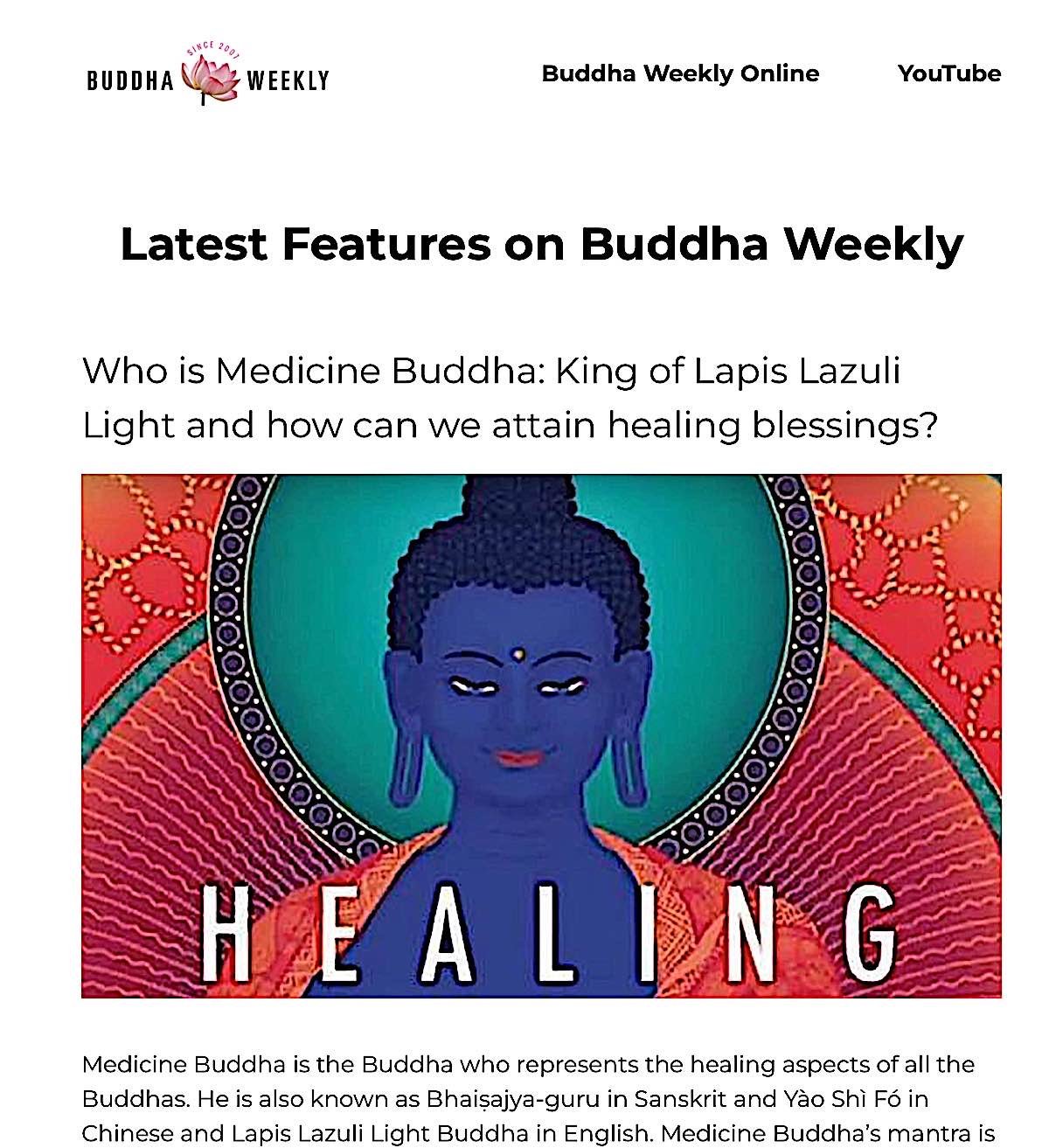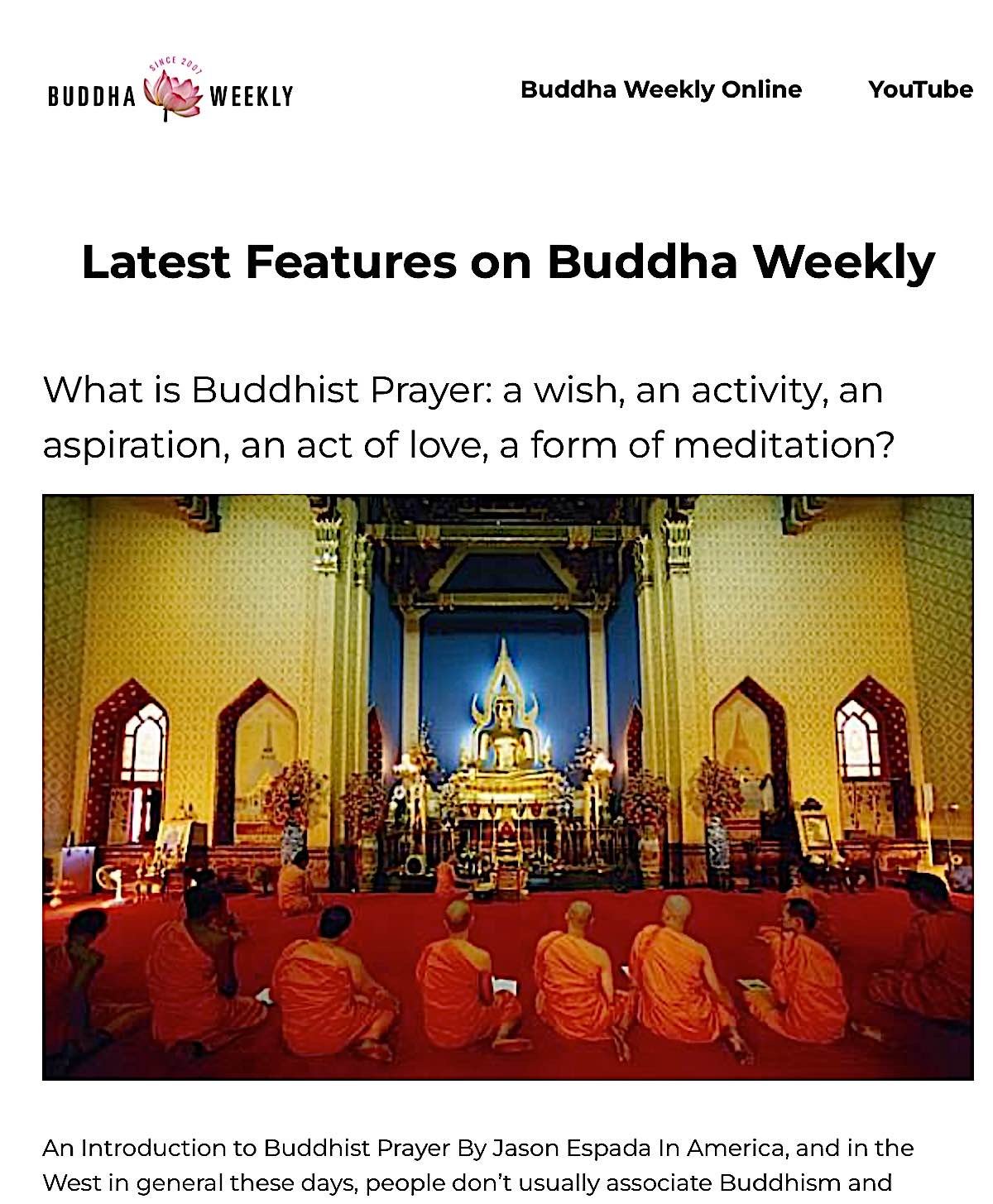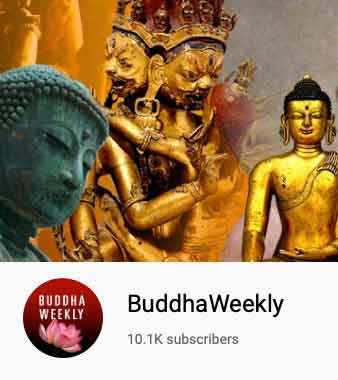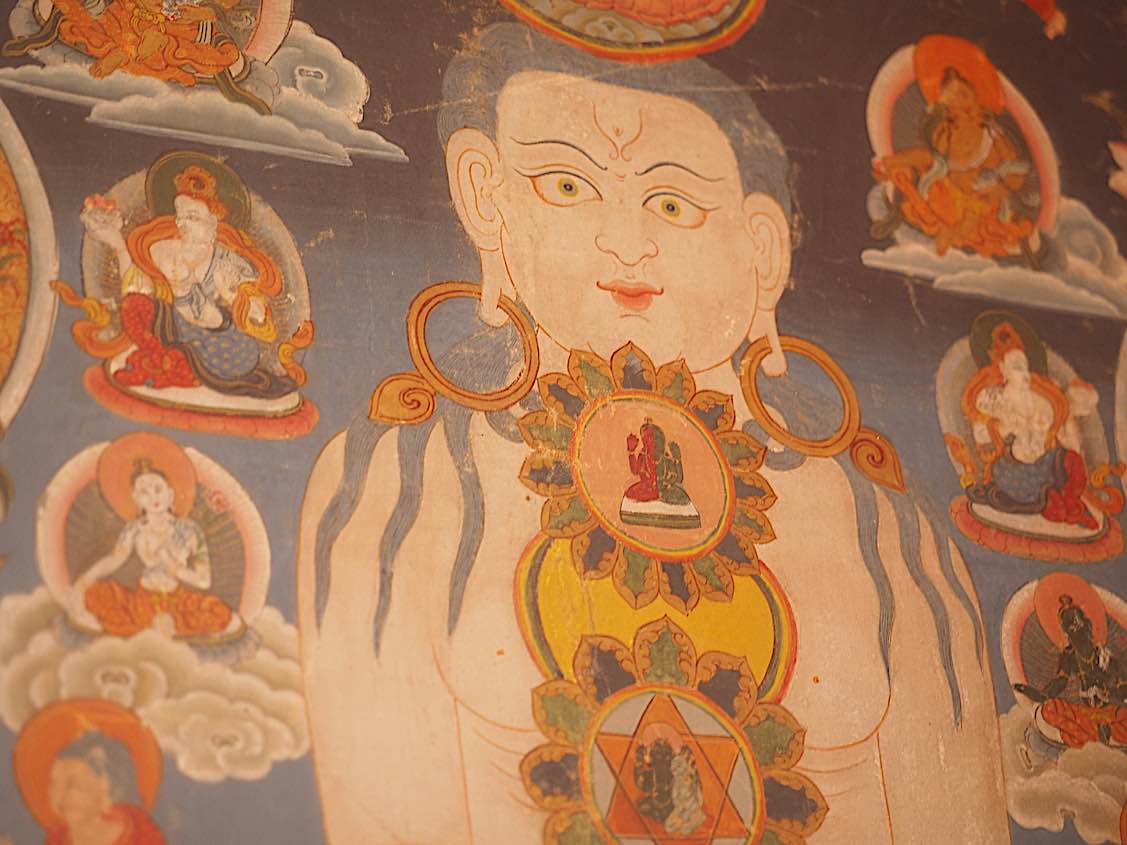Buddhist Mindfulness Techniques to Ease Work Burnout

Dealing with work stress is challenging, as it causes internal turmoil mentally and emotionally. Instead of allowing it to seep into other aspects of life, it’s important to look inward. Practice these Buddhist Dharma mindfulness techniques to ease work burnout.
By Beth Rush
Of Body+Mind Magazine
(Disclaimer: Always seek the advice of your health care practitioners when experiencing pain or other medical issues.)
1. Practicing Vipassana
Meditation has always been a popular mindfulness technique to help manage your thoughts. Adding a Buddhist lens by practicing Vipassana meditation may make it easier. While the ancient technique originated from the teachings of Buddha, it is a nonsectarian practice people of different faiths and nationalities can try out. [1]
Vipassana is about self-discovery and seeing things as they are. It’s best to take a 10-day retreat to achieve it. The first few days will have you focus on your breathing to get a better grasp of your mind. The latter will involve breaking down your mental barriers and clearing your head. You can achieve this by eating and sleeping on schedule while minimizing speaking.

2. Pursuing Nirodha and Magga
Vipassana can allow you to realign yourself. However, going back to the workplace can often cause you to veer off the path once more. About 60% of employees across different fields experience stress with burnout. [2] To minimize this, recognize Dukkha.
Dukkha refers to people’s suffering, known as the First Truth of the Four Noble Truths. Many people try to fill their dissatisfaction with material or experiential solutions. However, it’s important to look to Nirodha, the end of suffering, and Magga, the path toward that end.
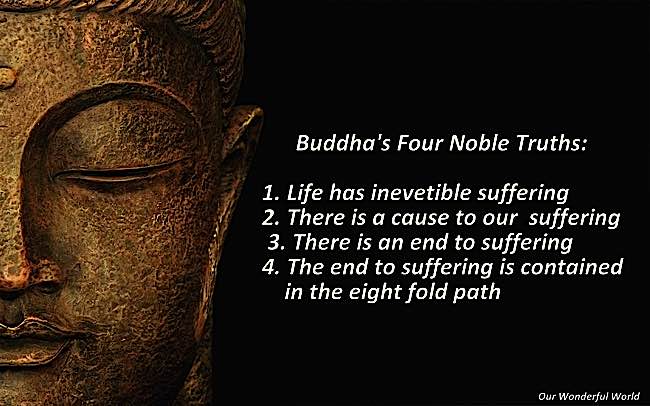
3. Achieving Theta
Theta is a state of mind people suffering from work burnout should strive to achieve. Most people are in beta, survival or job mode. To achieve ideation, have a balance of relaxation and total dreaming. [3]
Vipassana is a great way to reach this state of mind, though it takes time and practice to achieve. You could also explore other forms of meditation — Zen practices like sweeping and archery also help your consciousness.

4. Incorporating Guided Visualization
Guided visualization is a form of calm-abiding meditation that helps you come to terms with work burnout. The Dalai Lama believes an image in one’s mental consciousness is effective when meditating as opposed to looking at an external object. [4]
There are many objects to conjure in your mind, from the workplace to someone you love. Consider picturing a Buddha body to mix your mind with various virtuous qualities. Ground yourself and invite calm.
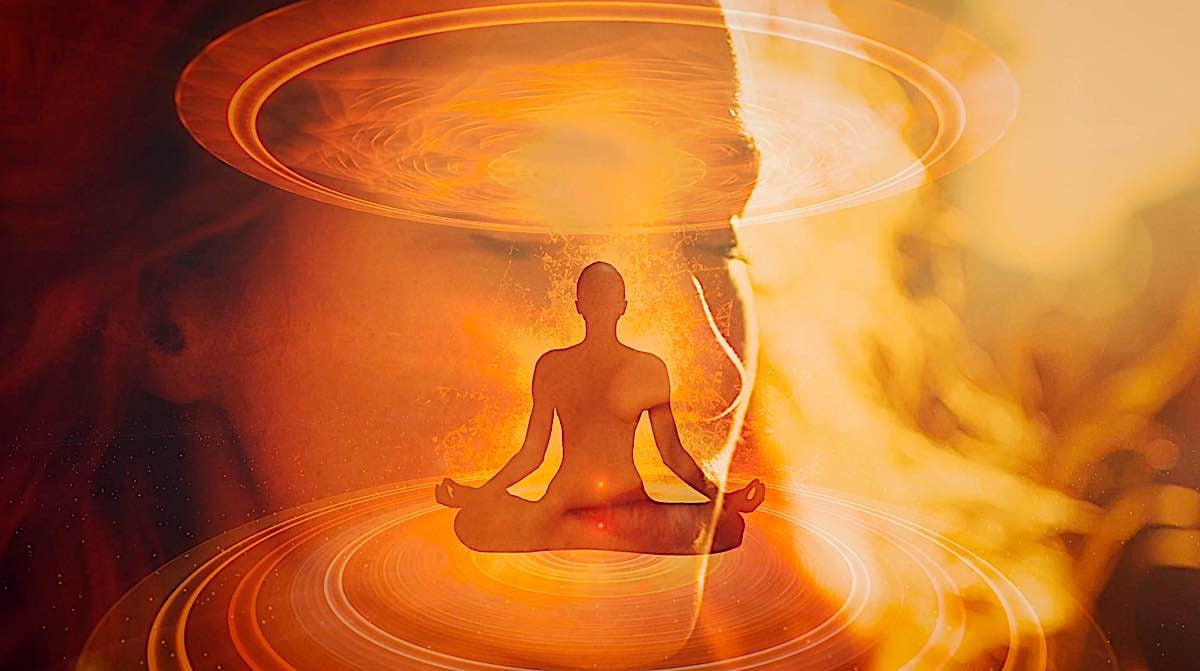
5. Listening to the Dhamma
Work is intense, leaving little room to engage in mindfulness techniques. That said, you can take five minutes to read the Dhamma each day. [5] Some people seek lectures on verses so they can absorb the words and knowledge better.
Think of the words and how they connect to your current state of life. They might even help you in the coming months, so learn to read between the lines. You can write them down in a note at your workstation as a mantra for when times get stressful.
Fast Facts for Coping With Burnout in the New Year
With the New Year dawning, it’s important to clean your house and mind using these three Buddhist Dharma mindfulness techniques. These are some of the best mindfulness practices to try:
- The four Rs: Characterize the last week of the year by implementing the four Rs — refuge, regret, remedy and refrain. Set your mind with intentions and plan remedies for the ills that disrupted your peace last year. This is an ideal time to renew your Dharma merit with virtuous actions. [6]
- Recite: Another R to embrace and balance your Dharma is to recite your intentions and visualize the merit field you seek to attain to ease your burnout. [7]
- The four virtues: An effective way to address burnout is to focus on your four virtues, each protected by one of the Four Heavenly Great Kings. First, develop loving-kindness to aid the peaceful resolution of burnout symptoms. Next, foster compassion, which mitigates stress caused by not understanding others. Build on empathetic joy — the next step in understanding others and discovering joy in who they are. These three virtues culminate in the final virtue of equanimity or even-mindedness. Achieving them can reduce your burnout symptoms, leading to inner peace and even-mindedness. [8]
Heal From Work Burnout
You must fulfill your job responsibilities, but you shouldn’t feel overwhelmed doing so. Use these Buddhist Dharma mindfulness techniques to ease burnout. Having less affliction in your mind will make you more present in your work life.
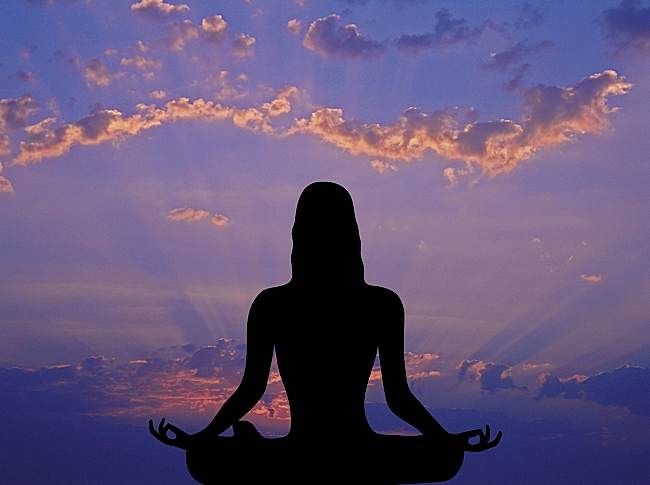
Sources
[1] https://www.webmd.com/balance/what-is-vipassana-meditation
[2] https://www.tranquilshores.org/blog/2024/august/recognizing-burnout/
[4]
[5] https://readingfaithfully.org/dhammapada-as-a-daily-practice
[6]
[7]
[8]
More articles by this author
Search
Latest Features
Please support the "Spread the Dharma" mission as one of our heroic Dharma Supporting Members, or with a one-time donation.
Please Help Support the “Spread the Dharma” Mission!

Be a part of the noble mission as a supporting member or a patron, or a volunteer contributor of content.
The power of Dharma to help sentient beings, in part, lies in ensuring access to Buddha’s precious Dharma — the mission of Buddha Weekly. We can’t do it without you!
A non-profit association since 2007, Buddha Weekly published many feature articles, videos, and, podcasts. Please consider supporting the mission to preserve and “Spread the Dharma." Your support as either a patron or a supporting member helps defray the high costs of producing quality Dharma content. Thank you! Learn more here, or become one of our super karma heroes on Patreon.
Beth Rush
Author | Buddha Weekly
Beth Rush is the Managing Editor and content manager at Body+Mind. She is a well-respected writer in the personal wellness space and shares knowledge on a variety of topics related to nutrition, holistic health, and mental health. You can find Beth on Twitter @bodymindmag.
